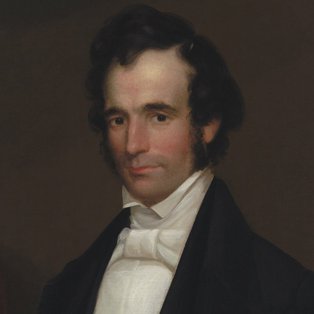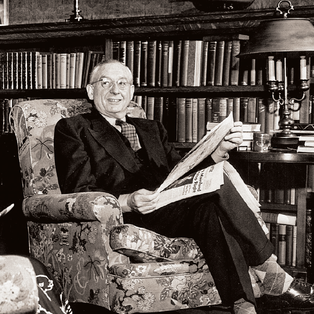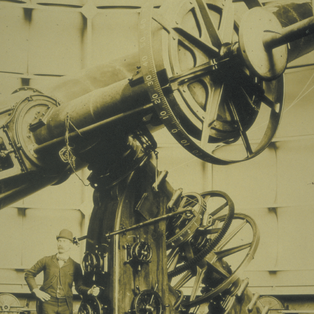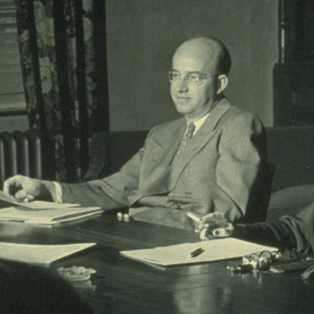The Influence of Phoebe Apperson Hearst
Phoebe Apperson Hearst, a 19-year-old Missouri native, was to have a lasting impact on Berkeley when she came to California with husband George, a miner and Missouri native himself who had struck his fortune in the Gold Rush.
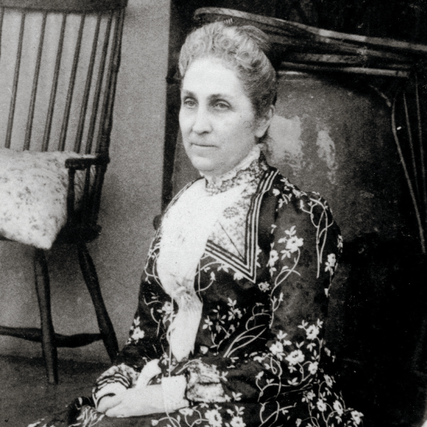
Hearst’s belief in the importance of education strengthened when she became wealthy and prominent. In 1891, Hearst established scholarships for women at the University of California. She later funded the Phoebe Apperson Hearst International Architectural Competition to develop a master plan for the young institution. This plan produced many of the campus’s most notable buildings, including the Hearst Memorial Mining Building, which she had built as a memorial to her husband.
Hearst was also the founding patron for the Department of Anthropology and supported numerous anthropological expeditions as well as the museum that now bears her name.
Each spring, Hearst chartered a train to bring the senior class on an outing to her hacienda in Pleasanton, California. When she became the first woman Regent in 1897, she had a building erected adjacent to her residence near the campus where she hosted students. The building, known as Hearst Hall, was later moved to campus and became the university’s first gymnasium and social center for women. When it burned down in 1922, her son, William Randolph Hearst, donated the Hearst Gymnasium for Women in her memory. The younger Hearst had already made his own remarkable contribution to the campus with the construction of the Hearst Greek Theatre in 1903.
